4 Tips to Properly Clean Your Commercial Kitchen Equipment
April 1, 2021
In a commercial kitchen, you’ll often hear people referring to their “meez.” This is a shortened, casual version of mise en place, or everything in its place, a French cooking concept that refers to having a prep station ready to go before the start of service. Efficient service depends on organization and intentional execution. A messy workspace can lead to excessive fill times and missed or incorrect orders, which can cost money in the long run. In a similar way, commercial kitchen equipment must be regularly cleaned and maintained in order for it to provide the best service. We’ve put together a quick and easy reference for cleaning several pieces of equipment in your commercial kitchen.
1. Clean Daily for Best Results
It can be tough to know where to start when cleaning and maintaining commercial kitchen equipment. Each machine has so many different nooks and crannies where dust, dirt, and grease can settle. Cleaning also must be done intentionally and regularly to keep stubborn spills from compromising your equipment. Although it may add extra tasks to a punch list, it’s much easier to wipe away sauces than it is to scrape off months of accumulated grease.
2. Invest in Commercial Degreaser Products
Commercial degreasers
are one of the most powerful tools for maintaining a commercial kitchen when it’s used correctly. A gallon may only cost a few dollars, but it is worth its weight in gold when maintaining a clean and safe workspace. Aerosolized grease from cooking ends up everywhere in the kitchen, and a degreaser can cut down on this daily accumulation, adding years of service to your kitchen equipment.
3. While Cleaning, Check for Cracks, Tears, Clogs, or the Unusual
A daily light cleaning and a monthly deep cleaning is the best time to check on the status of your equipment. You can even place a checklist next to the equipment to keep tabs on wear and tear. We suggest checking the following parts for each piece of commercial kitchen equipment:
Refrigeration Equipment: Check for torn door gaskets, blocked air filters, clogged drain lines, and nonoperational exhaust fans. Always note the temperature of units and make sure they are within guidelines.
Ice Machines: Check cubes to make sure the ice is clean and uniform in shape.
Cooking Equipment and Hoods: Empty grease traps as they fill and check the exhaust filter on hoods. On ranges, fryers, grills, steamers, kettles, and broilers, check for rusted parts, broken or missing control knobs, leaks, and make sure all burner ports are unplugged.
4. Schedule Planned Maintenance
While cleaning commercial kitchen equipment is essential, it can’t prevent all wear and tear that equipment can sustain. Planning regularly scheduled maintenance visits
with a manufacturer-authorized service agent can go beyond a surface-level clean. A service tech can identify and replace components that could lead to performance issues and address anything that could prevent normal functioning.
Searching for commercial kitchen cleaning tips?
Simple preventative steps
like cleaning dust, dirt, and grease from coils, checking fan functioning, and keeping tabs on the refrigerant level can save thousands in repair costs down the road. ATECH is committed to repairing and maintaining your commercial equipment quickly, efficiently, and effectively. To help you keep a regular schedule for servicing your commercial kitchen equipment, reach out to us for a planned maintenance visit
today.
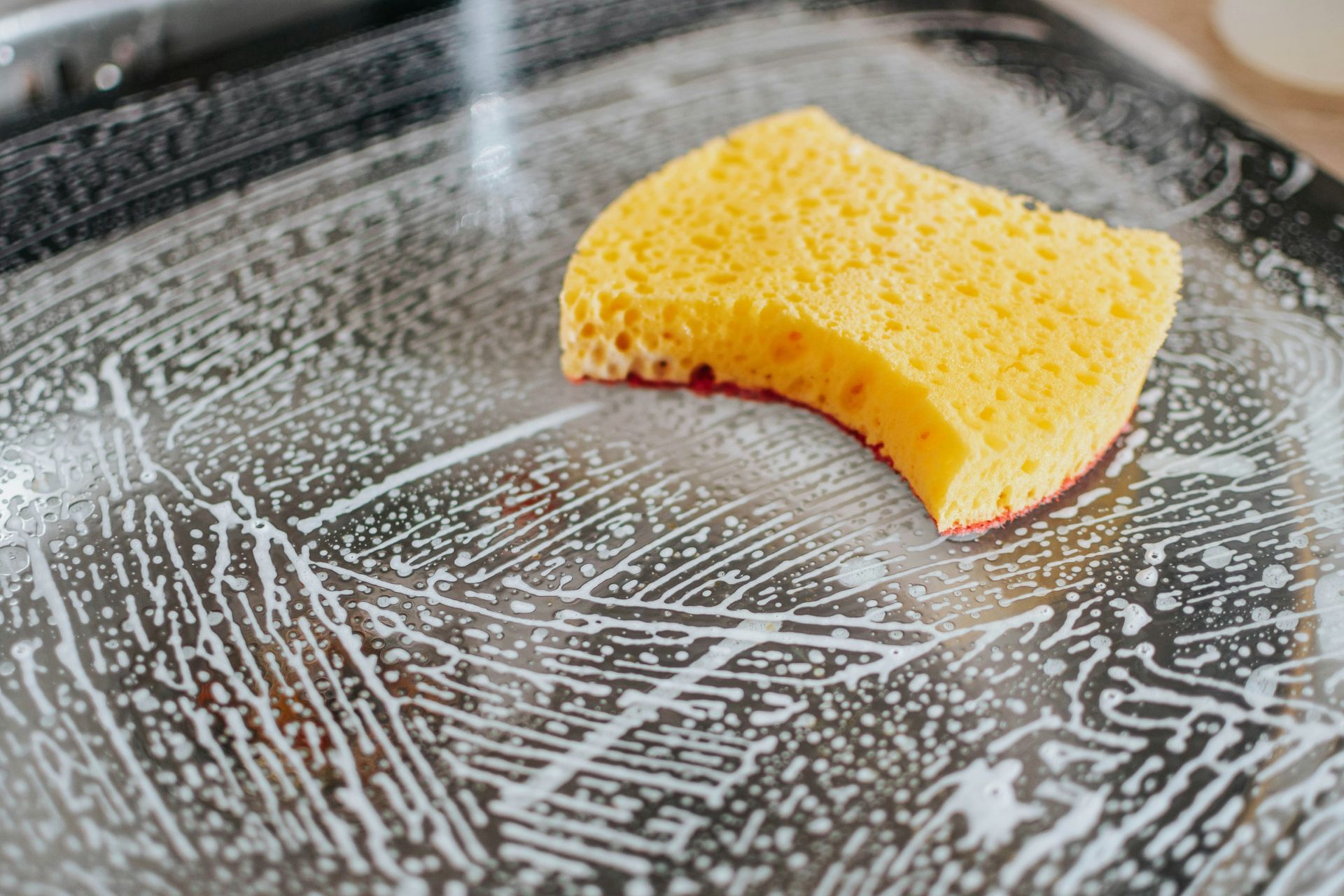
As the season changes and springtime blooms, it's the perfect opportunity to refresh and rejuvenate your restaurant space. Spring cleaning isn't just about tidying up; it's about ensuring a safe, welcoming environment for your patrons and staff. In this blog post, we'll explore some essential tips and best practices for restaurant cleanliness in the springtime. Embrace Deep Cleaning : Spring cleaning is the ideal time to tackle those deep cleaning tasks that may have been neglected during the busier seasons. From scrubbing floors and walls to deep cleaning kitchen equipment, thorough sanitation ensures a hygienic environment for food preparation and service. Focus on High-Traffic Areas : Pay special attention to high-traffic areas such as dining areas, restrooms, and entryways. These areas are prone to accumulating dirt, dust, and germs, making regular cleaning essential for maintaining a pristine appearance and preventing the spread of illness. Refresh Outdoor Spaces : If your restaurant has outdoor seating areas, spring is the perfect time to freshen them up. Clean outdoor furniture, sweep away debris, and power wash outdoor surfaces to create an inviting atmosphere for al fresco dining. Check and Replace Equipment Filters : Don't forget to inspect and replace filters in HVAC systems, refrigeration units, and ventilation hoods. Clean filters help maintain air quality and prevent the buildup of contaminants, ensuring a healthy indoor environment for both customers and staff. Engage Staff in Cleaning Initiatives : Encourage staff members to take pride in the cleanliness of the restaurant by involving them in spring cleaning initiatives. Assign specific tasks and provide training on proper cleaning procedures to ensure consistency and effectiveness. Implement Regular Maintenance Schedule : Establish a regular maintenance schedule to keep up with cleaning tasks throughout the year. By incorporating daily, weekly, and monthly cleaning routines, you can maintain a high standard of cleanliness and prevent the accumulation of dirt and grime. Invest in Quality Cleaning Products : Choose cleaning products that are effective yet environmentally friendly. Look for products that are certified as safe for use in foodservice establishments and follow manufacturer recommendations for proper application and usage. Monitor and Adjust Cleaning Protocols : Continuously monitor cleaning protocols and adjust as needed based on feedback, customer traffic, and changing regulations. Regular evaluation ensures that your cleaning practices remain effective and in compliance with industry standards. Spring cleaning is an essential aspect of restaurant maintenance that goes beyond just aesthetics. By implementing thorough cleaning routines, engaging staff members, and investing in quality cleaning products, you can create a safe, hygienic environment that enhances the dining experience for your customers and promotes a healthy work environment for your staff. As you embark on your spring cleaning journey, remember that ATECH is here to support you with a wide range of cleaning and maintenance solutions tailored to meet the unique needs of your restaurant. Happy spring cleaning!
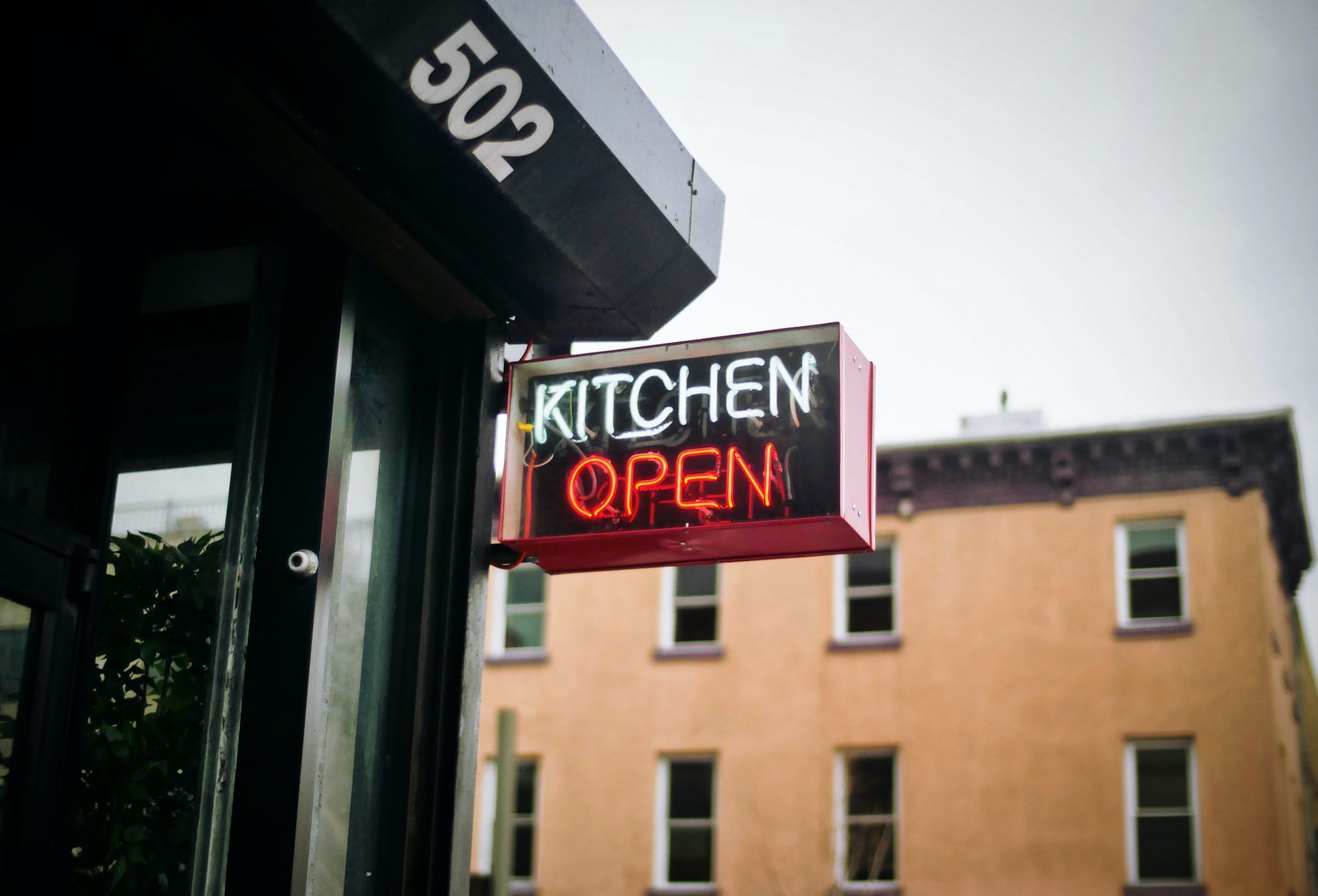
Winter is here, and at ATECH, we understand the unique challenges businesses face in keeping their commercial equipment running smoothly during the colder months. In this comprehensive guide, we'll delve into the strategies, tips, and success stories that can help your business navigate winter effortlessly. From equipment maintenance to emergency services, consider this your go-to resource for mastering winter with ATECH. Winter Equipment Maintenance Tips Checklist for Winter-Ready Equipment: Inspect Seals and Gaskets : Ensure a tight seal to prevent cold air leakage. Check Insulation : Evaluate the insulation of walk-in coolers and freezers. Clean and Sanitize : Thoroughly clean and sanitize all equipment surfaces. Temperature Adjustment : Set optimal winter temperatures for each piece of equipment. ATech Maintenance Tips for Different Equipment: Fryers and Grills : Clean and inspect burners for efficient operation. Ice Machines : Check water lines for insulation and replace filters regularly. Heating Systems : Schedule preventive maintenance to optimize efficiency. Electronic Equipment : Keep spaces well-heated and clean to prevent malfunctions. Businesses often grapple with specific equipment failures that can disrupt operations. ATECH understands the challenges posed by heating system malfunctions, electronic equipment performance, and other issues during the colder months. To tackle these common winter-related failures, businesses should prioritize preventive measures. Regular heating system maintenance checks and air filter replacements can prevent malfunctions. For electronic equipment, maintaining ambient room temperature and conducting routine cleaning are key strategies to ensure optimal performance throughout winter. ATECH's Winter Services: A Lifeline for Your Business Winter demands a proactive approach to equipment maintenance, and ATECH stands as the lifeline for businesses navigating the challenges of the season. Our comprehensive winter services go beyond mere repair and include prompt equipment repairs, planned maintenance, and emergency services. With a commitment to same-day service for urgent winter emergencies, ATECH ensures that businesses can rely on swift resolution during critical times. What sets us apart is our team of factory-trained and CFESA-certified technicians, offering not just reliability but a dedicated partnership to keep your business running smoothly through the coldest months. Trust in ATECH, your lifeline in the winter business landscape. Winter doesn't have to be a season of uncertainty for your business. With ATECH by your side, you have a reliable partner dedicated to providing top-notch equipment repairs and maintenance services. Master winter with confidence, knowing that our comprehensive guide and expert services are here to support your business every step of the way. For personalized winter readiness assessments and expert guidance, contact ATECH today. Let's navigate winter together, and keep your business thriving.

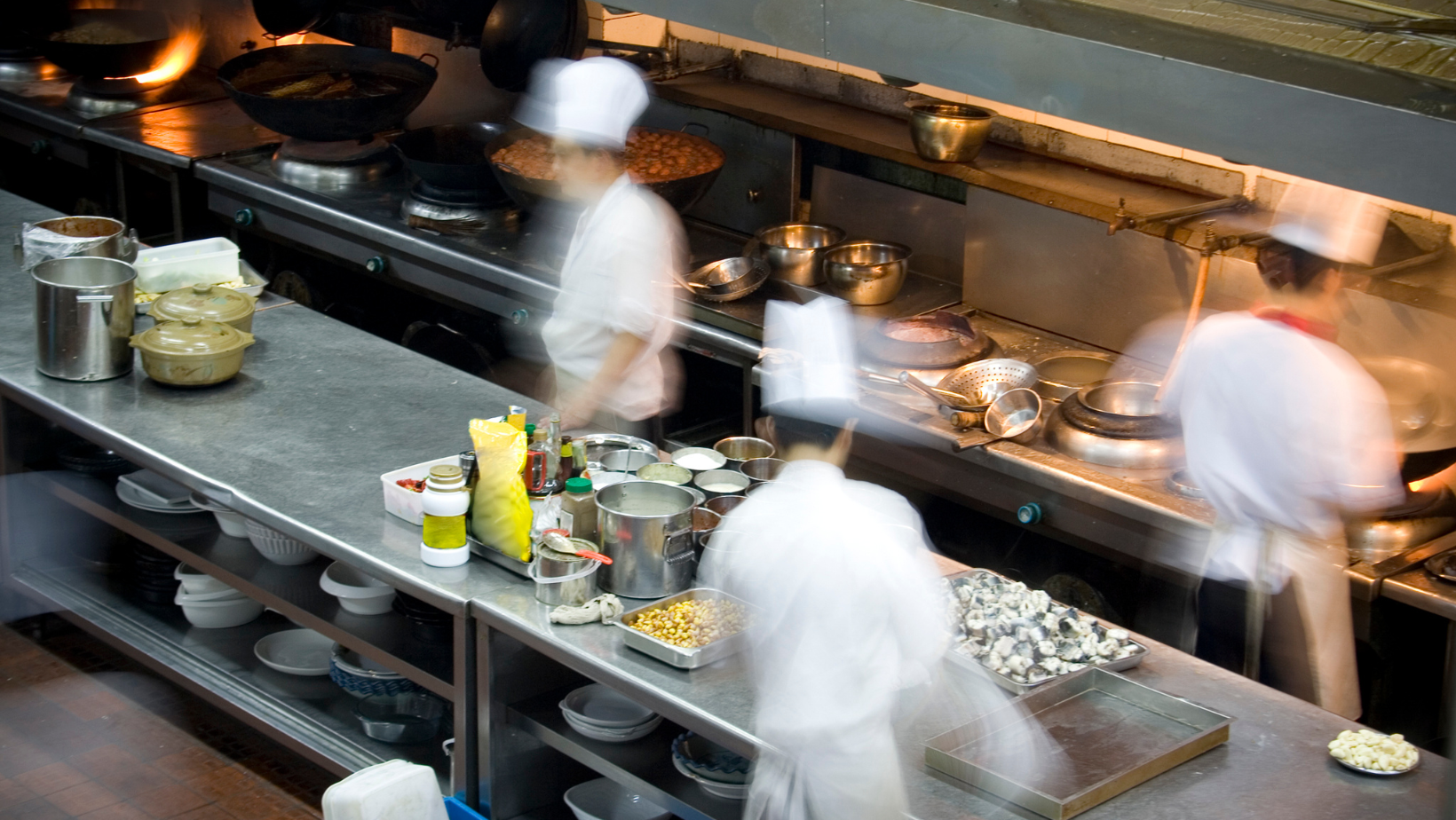


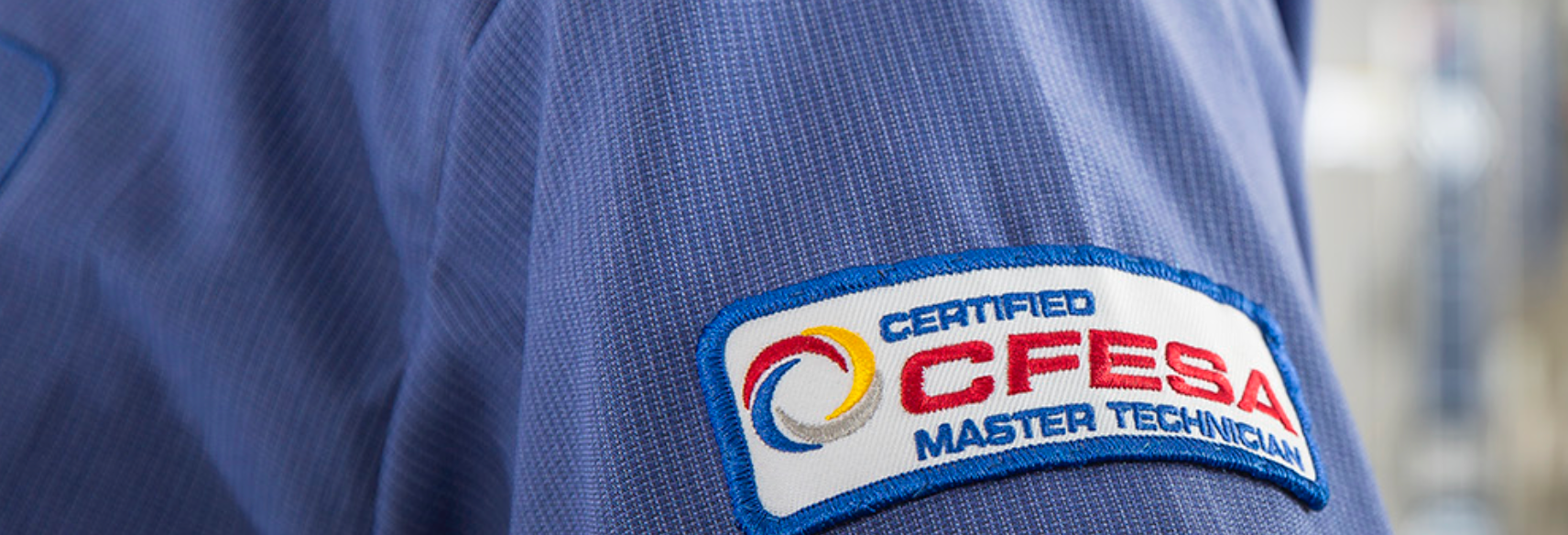

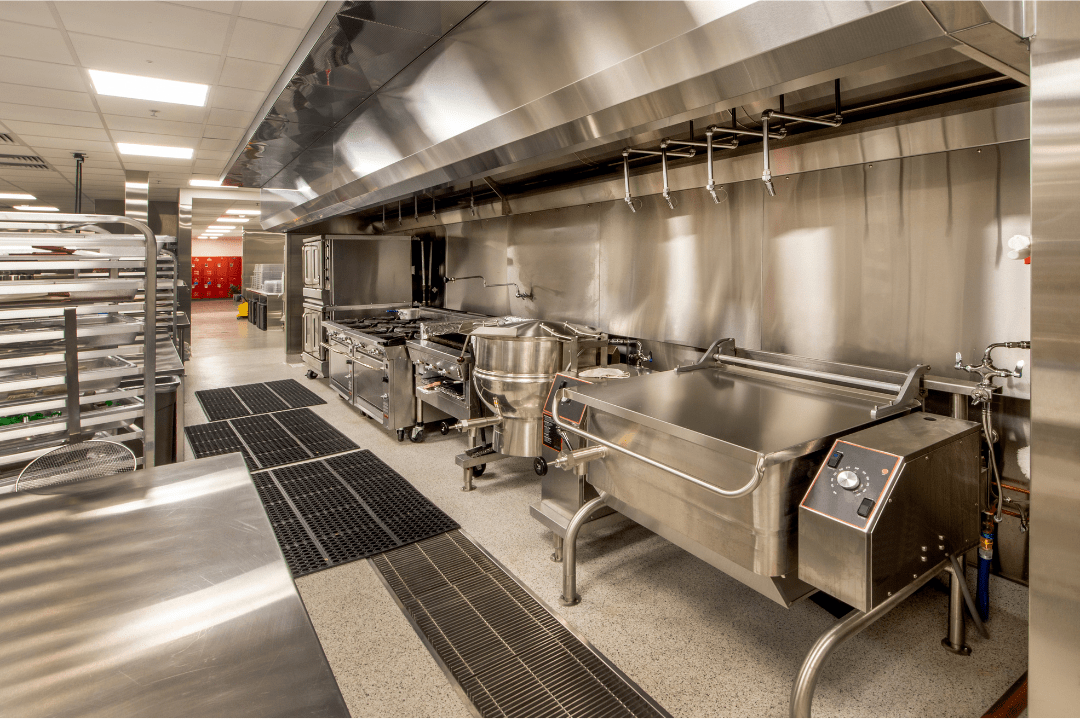
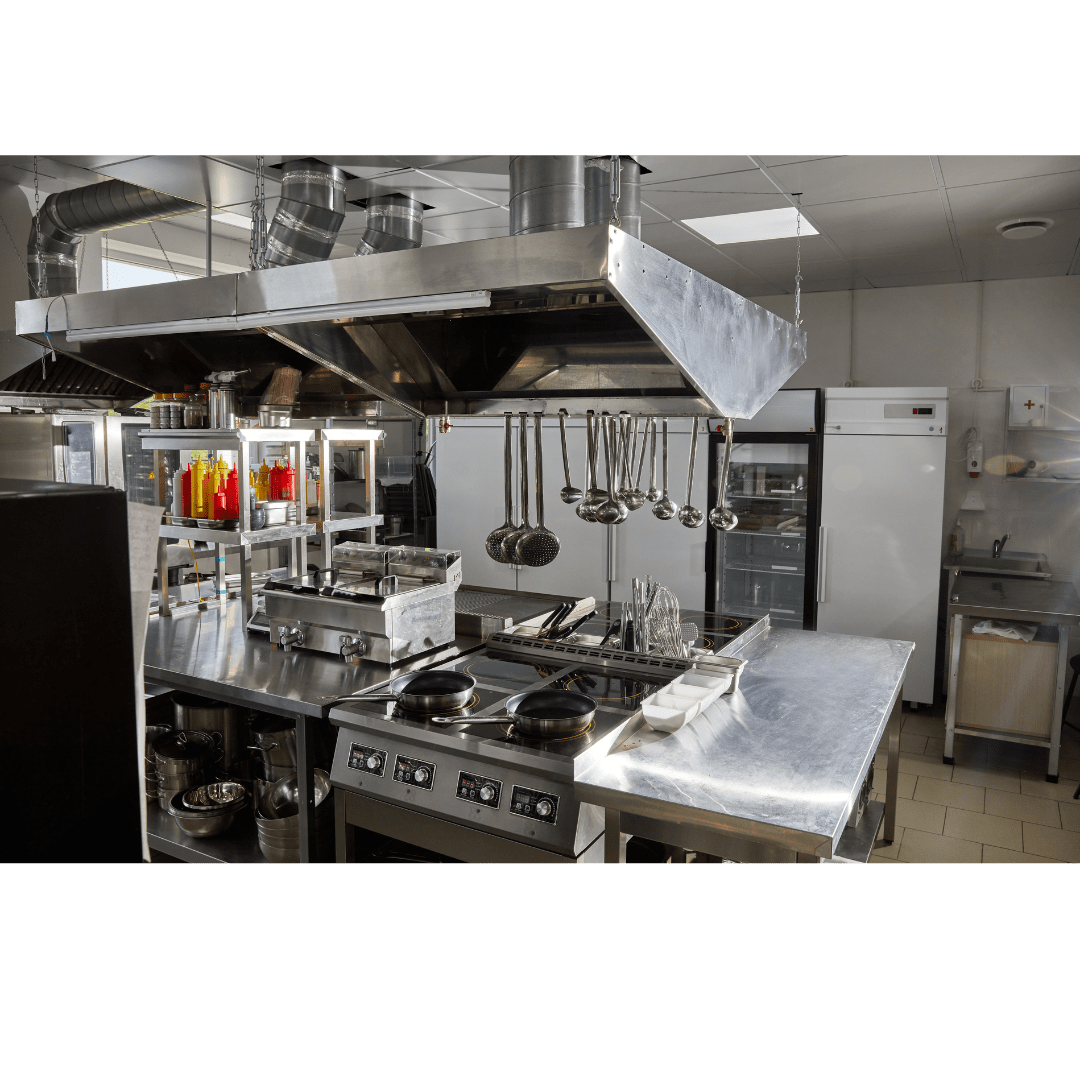
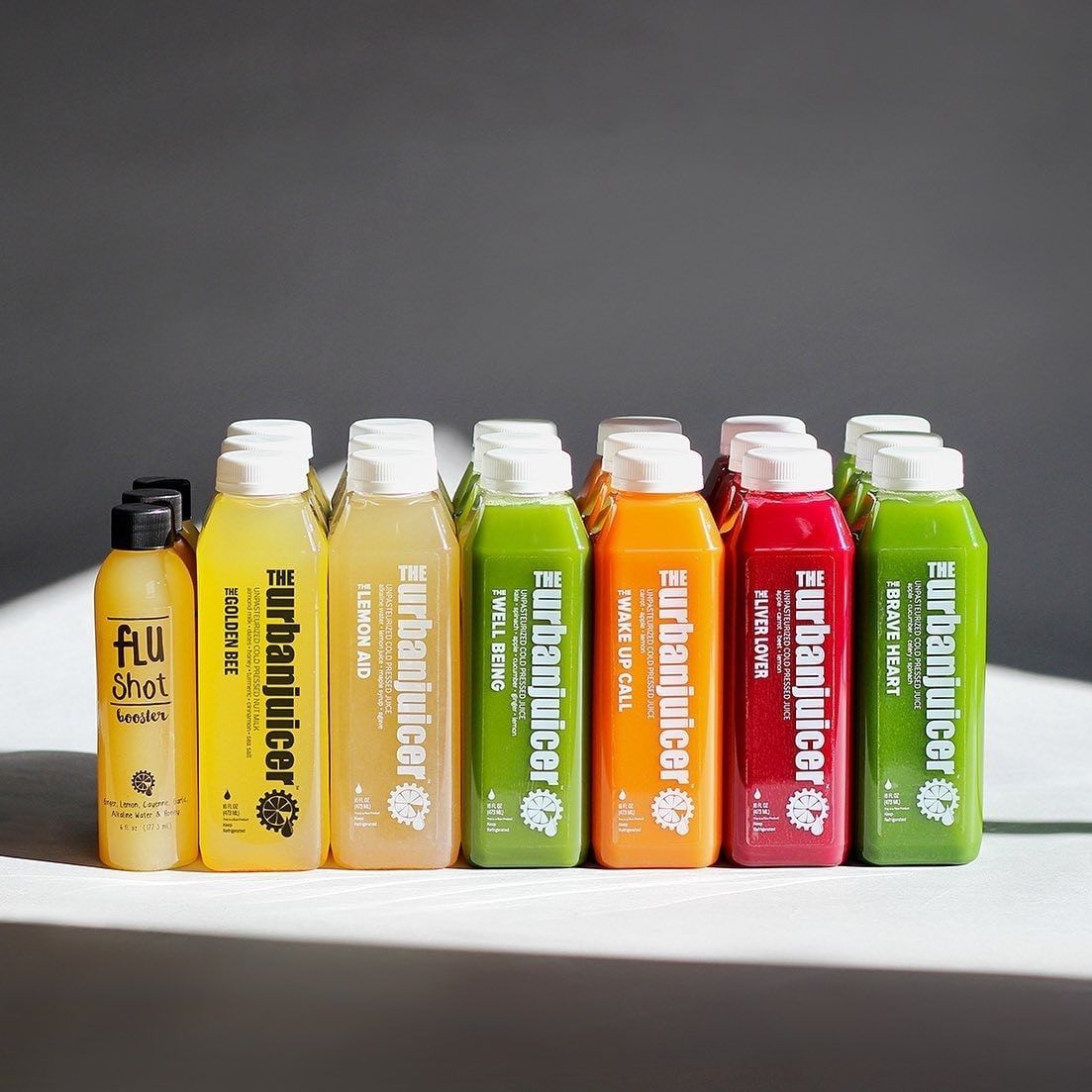
Share On: